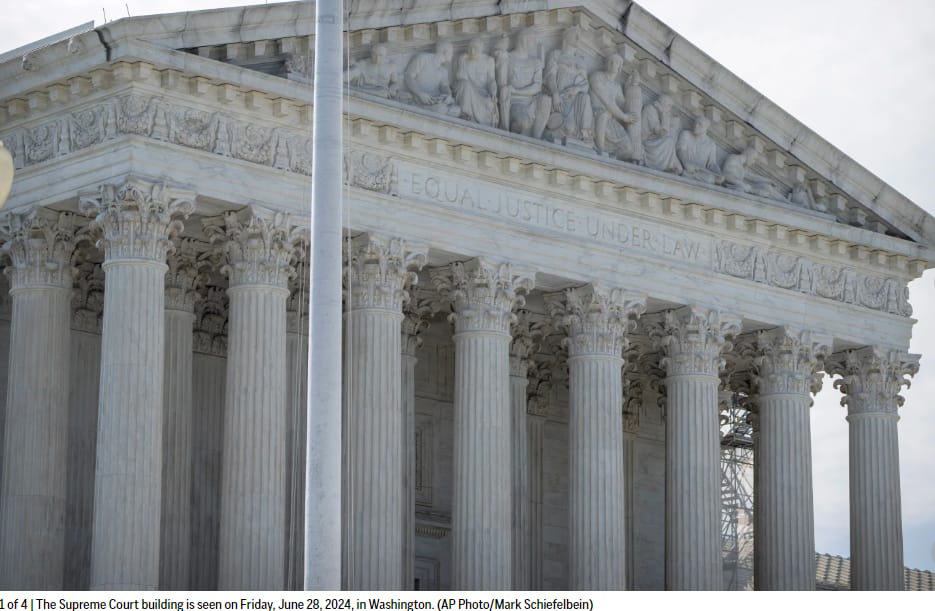Chevron takeaways: Supreme Court ruling removes frequently used tool from federal regulators

In the short term, the decision is likely to limit government actions on auto safety, making the National Highway Traffic Safety Administration second-guess itself about new regulations, said Michael Brooks, executive director of the nonprofit Center for Auto Safety, a watchdog group.
“It’s going to be harder for NHTSA to put forth rules that are ultimately going to mandate better safety,” Brooks said.
By Matthew Daly
June 28, 2024
Federal rules that impact virtually every aspect of everyday life, from the food we eat and the cars we drive to the air we breathe, could be at risk after a wide-ranging Supreme Court ruling Friday.
The court rejected a 40-year-old legal doctrine colloquially known as Chevron, effectively reducing the power of executive branch agencies like the Environmental Protection Agency and shifting it to the courts.
The doctrine, named after a 1984 case involving the energy giant, has been the basis for upholding thousands of federal regulations but has long been a target of conservatives and business groups, who argue it grants too much power to the executive branch, or what some critics call the administrative state.
Here are some takeaways from the court ruling and its implications.
The Chevron decision essentially gave federal agencies the authority to issue rules to implement laws that weren’t clear. And that deference to the executive branch has enabled presidential administrations from both parties to use rulemaking to create policy, especially in times of deep partisan division in Washington.
Friday’s Supreme Court ruling means that the federal government could have a harder time defending those rules in federal court.
Click here to view the full story from The Associated Press.






